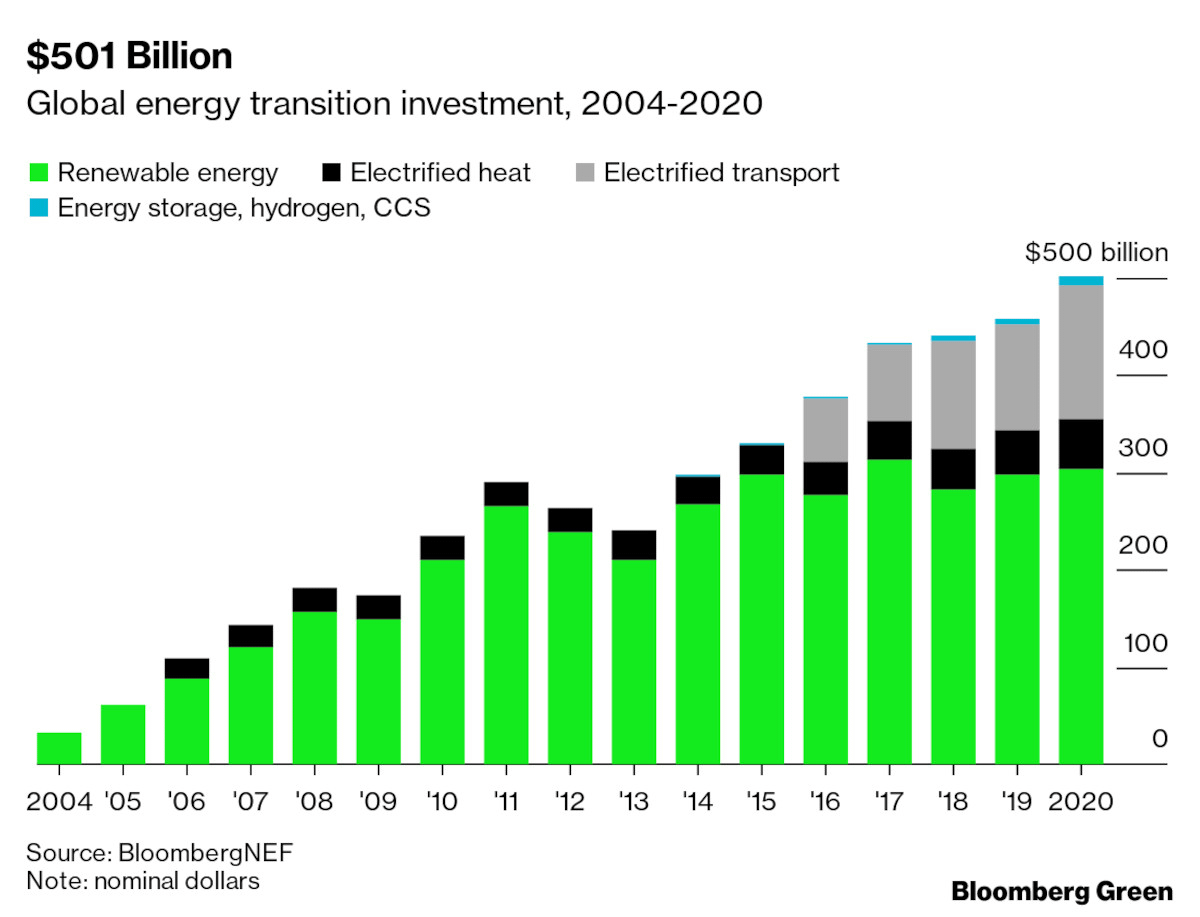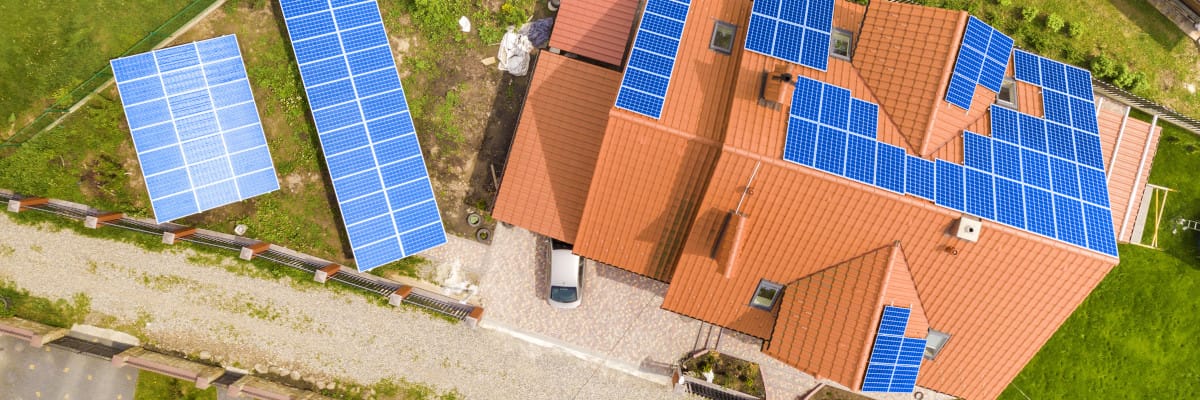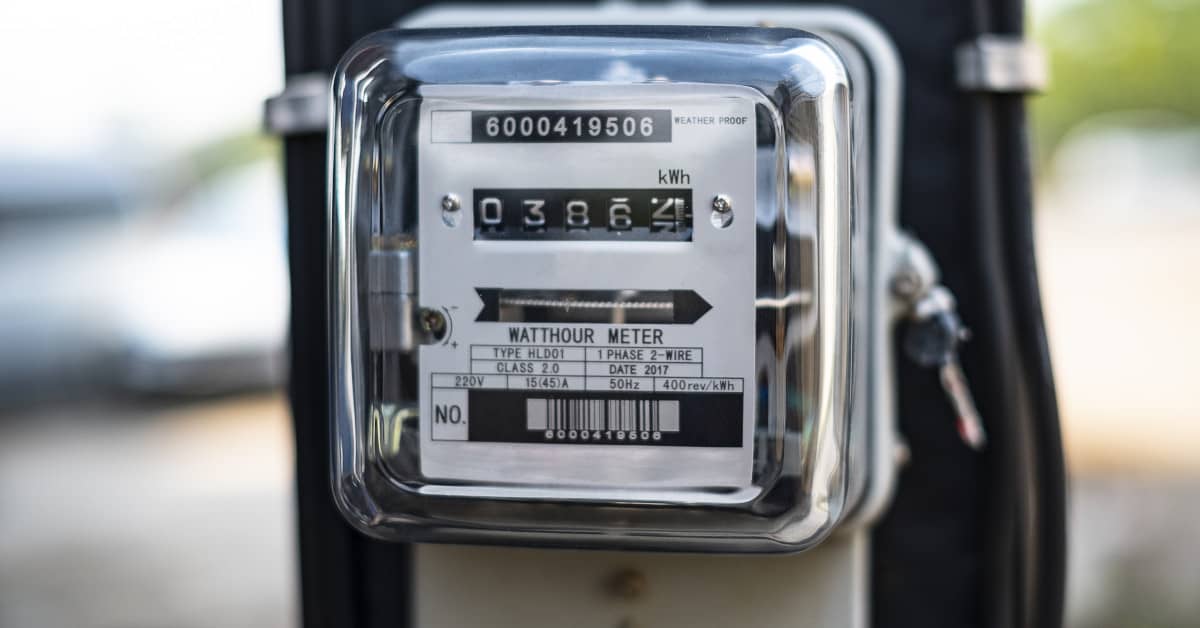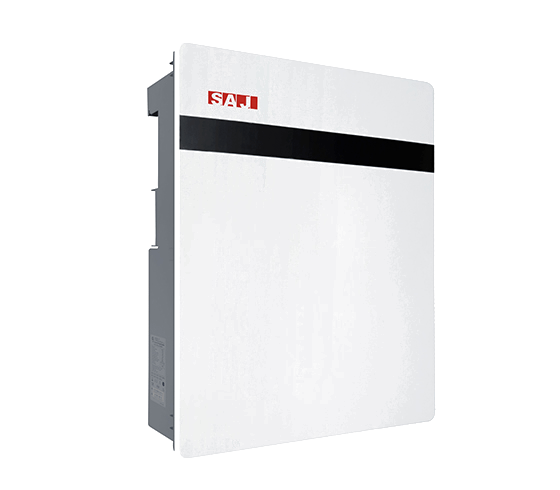Time of Use Tariff – Introduction & Overview

TOU tariffs are a powerful tool on the path to energy transition and an effective instrument to balance electricity demand. As power consumed during off-peak hours is much cheaper, consumers pay much lower rates for electricity if they are willing to change their energy consumption habits.
Overview

Purpose

Savings

Benefits

Future Developments

Equipment

Get In Touch With Us
What is the Purpose of an Electricity Time of Use Tariff?
Time of Use Tariffs - Motivation & Purpose
- Renewable Energy Investments are still too low to satsify public demand without reliance on fossile fuels.
- Energy Transition requires interim solutions to satisfy public demand while building a green energy infrastructure.
- Time of Use Tariffs control public power demand by raising prices during peak times.
- Electricity Prices vary depending on the time of day.
- Using Electricity when energy is cheap allows for a significant reduction of electricity costs.
Bridging the Energy Transition Gap
In terms of energy generation, the future is unclear. To meet carbon reduction targets, coal power plants are getting shut down one by one. Naturally, this has a big impact on the available amount of energy. With investment in renewable energies still being low, experts warn of serious energy shortages.

World-wide investment in renewable energy still needs to increase to become fully sustainable Ⓒ Bloomberg
The total sum of global renewable energy investments reached 501 billion USD in 2020. That’s still not nearly enough to sustain full-scale global energy transition. To give you a point of comparison: Tesla’s market capitalization reached 1 trilllion USD in October 2021, while Apple cracked 2 trillion USD in September.
That means: There are still single companies with a higher stock market value than all renewable energy investment combined.
In other words, the path to energy transition is still barely in it’s infancy and nowhere near satisfying global needs. At the same time, fringe elements of the environmentalist movement are voicing demands for radical measures. Some of these would drastically reduce quality of life as well as prosperity in order to reach CO2 targets in time.
Smart Measures – TOU Tariffs
However, radical measures won’t be necessary if consumers and suppliers employ the right type of smart measures. For example, time of use tariffs can help reduce energy demand and thus alleviate pressure on the energy infrastructure. This makes them potentially an important instrument on the path to global energy transition.

What are the Benefits of a Time of Use Tariff?
Time of Use Tariffs - Benefits
- Consumers Benefit from lower prices if they shift their power consumption away from peak times.
- Energy Arbitrage becomes feasible for homeowners.
- Controlling Demand through TOU contributes to a cleaner energy economy.
With TOU, Consumers can save money by reducing energy consumption during high demand periods (peak). In return, they can use more electricity during low demand periods (off-peak).
The real cost of generating and transporting electricity fluctuates throughout the day. Therefore, electricity is cheaper when demand is low enough to be only powered by wind and solar power. When demand is high, fossile fules have to be used as a complementary source. So, naturally, prices will be higher during these periods.
A peak period also means that there is a higher energy demand. Thus, energy becomes more expensive when more fossile fuels are used. This is because wind and solar power alone are not sufficient to satisfy demand in this period.

Solar Power Systems For Home

Solar power provides a great way to achieve true energy independence for homeowners. Read about how on-grid solar power systems and TOU tariffs work together to optimize a household’s energy economy. Read more »
Time of Use Tariff vs. Conventional Tariffs
The difference between TOU and conventional tariffs simply lies in the way electricity bills are calculated. As the word implies, a conventional single tariff only ever has a single price, regardless of when electricity is used. With a TOU tariff, costs fluctuate throughout the day and are calculated for different time periods. How many time periods there are and how long they last depends on the electricity provider.
The following table illustrates how prices develop during the day under TOU tariff with four time periods.
Comparison – Time of Use Tariff vs. Conventional Tariffs
| Tariff | Low Tide (12am – 7am) | Tide (7am – 4pm) | High Tide (4pm – 8pm) | Tide Night (8pm-12am) |
| Standard | 0.2 € / kWh (0.17 £ / kWh) | 0.2 € / kWh | 0.2 € / kWh (0.17 £ / kWh) | 0.2 € / kWh (0.17 £ / kWh) |
| Time of Use | 0.05 € / kWh (0.04 £ / kWh) | 0.10 € / kWh | 0.35 € / kWh (0.30 £ / kWh) | 0.10 € / kWh (0.09 £ / kWh) |
The above table shows that, under TOU, electricity prices are significantly cheaper during off-peak periods. Vice versa, consuming electricity during peak hours is highly discouraged under TOU. JAs the table shows, the electricity price is twice that of a conventional single tariff during peak hours.
Simply put: A time of use tariff only makes sense if consumers are willing to change their energy habits. Only by shifting energy consumption habits away from peak periods will consumers gain a cost advantage over standard electricity tariffs. This way, power demand evens out through the day, reducing reliance on complementary fossile fuels.

Saving Money and Energy with Time of Use Tariff
Consumers can save up to 75% on energy bills with time of use tariffs if they use it smartly. For example, a TOU tariff might charge only € 0,059 (GBP 0,05) for overnight electricity. The average hourly tariff in Europe is roughly € 0,14 (GBP 0,12) cheaper per kWh. Thus, using overnight electricity is preferable on a TOU tariff.
However, a TOU tariff charges way more during peak-hours. Therefore, consumers have to shift some of their energy habits. You may wonder what the point is of offering electricity when everyone is in bed. For example, using dishwashers or laundry machines only at night is sufficient to benefit from TOU in most cases.

What Do I Need to Make Use of TOU?
Time of Use Tariff - Requirements
- Smart Meters are needed to send energy consumption data to the energy provider.
- Consumption Data is needed by the provider to know how to bill each household.
- Battery Storage is optional, but a prerequisite for energy arbitrage.
A smart meter keeps track of how much energy a household is consuming in real time. It automatically sends this data to the energy provider. This way, the energy provider knows at what times a household is usin energy and how much to charge for it.
However, smart meters have even more benefits for consumers. They allow them to track and control their energy costs in real time. So there won’t be any unpleasant surprises in their monthly energy bills anymore. Furthermore, a smart meter makes it unnecessary to submit the power consumption data by oneself

Energy Arbitrage: Energy Efficiency for Everyone

Time of use tariffs empower consumers to engage in energy arbitrage. This allows for reduction in energy costs by more than 75% or even making profits trading electricity. Read more »
Higher Margins through Energy Arbitrage
Time of use tariffs are a great way for consumers to reduce their energy bills. However, there is no way around the concept of energy arbitrage of one wants to enjoy the full potential of TOU. Energy arbitrage is a technique where power is bought during off-peak hours (when grid prices are cheapest). It is then stored and used during peak hours (when grid electricity prices are highest).
Arbitrage means buying at low prices, store it and then either use or sell it when prices are peaking. Obviously, battery storage is a central component in this concept.
At JustWe, customers enjoy access to cutting-edge battery storage technology, and at the lowest possible price. Our battery storage solutions are suitable for solar power systems as well as energy arbitrage without an attached PV system.
It’s chemistry is based on lithium for maximum safety and a high cycle rate. An integrated smart energy management system provides total freedom in terms of energy and expense allocation.
Charging and discharging times can be flexibly set based on local peak and off-peak electricity periods to minimize energy bills. Three different operating modes are available for that purpose.
- Stand alone home battery
- Integrated inverter
- Lithium-ion battery
- Optimal for energy arbitrage
- Smart energy management
- Storage capacity: 5.1kWh
- Life cycles: ≥6000
The Future of Time of Use Tariff
 In summary, time of use tariffs are an important brickstone for energy transition. They lower utility bills for consumers and take pressure off the energy infrastructure.
In summary, time of use tariffs are an important brickstone for energy transition. They lower utility bills for consumers and take pressure off the energy infrastructure.
If people shift part of their electricity demand towards night hours, it will drastically reduce strain on public grids. Furthermore, it guarantees a steady supply of energy without too much reliance on fossile fuels.
Battery storage technology is going to have a major impact on the way time of use tariffs are viewed. Residential battery storage systems help manage demand by making people more independent from the national energy supply. Until recently, they were neither feasible nor affordable for homeowners
Energy Efficiency for Everyone
With the introduction of time of use tariffs, these systems can now be worthwhile for everyone. Those who take advantage of these tariffs can maximize savings by charging batteries with electricity at convenient times of the day. It can then be used at a later time, whenever they need it. This can potentially save people significant amounts of money.

They excel through a long service life, high performance and are expandable at any time.
Get in touch with us or book a free and non commital discovery call – start developing your battery storage solution today.

